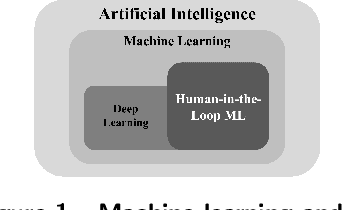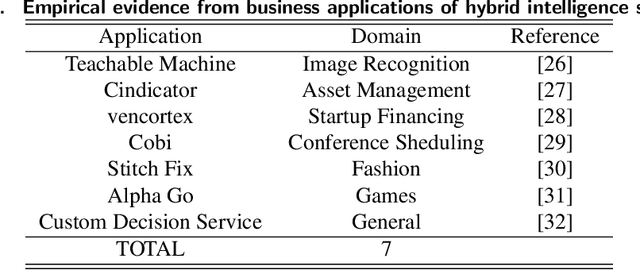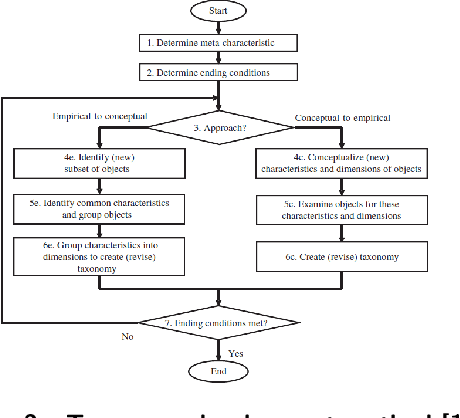The future of human-AI collaboration: a taxonomy of design knowledge for hybrid intelligence systems
Paper and Code
May 07, 2021



Recent technological advances, especially in the field of machine learning, provide astonishing progress on the road towards artificial general intelligence. However, tasks in current real-world business applications cannot yet be solved by machines alone. We, therefore, identify the need for developing socio-technological ensembles of humans and machines. Such systems possess the ability to accomplish complex goals by combining human and artificial intelligence to collectively achieve superior results and continuously improve by learning from each other. Thus, the need for structured design knowledge for those systems arises. Following a taxonomy development method, this article provides three main contributions: First, we present a structured overview of interdisciplinary research on the role of humans in the machine learning pipeline. Second, we envision hybrid intelligence systems and conceptualize the relevant dimensions for system design for the first time. Finally, we offer useful guidance for system developers during the implementation of such applications.
 Add to Chrome
Add to Chrome Add to Firefox
Add to Firefox Add to Edge
Add to Edge